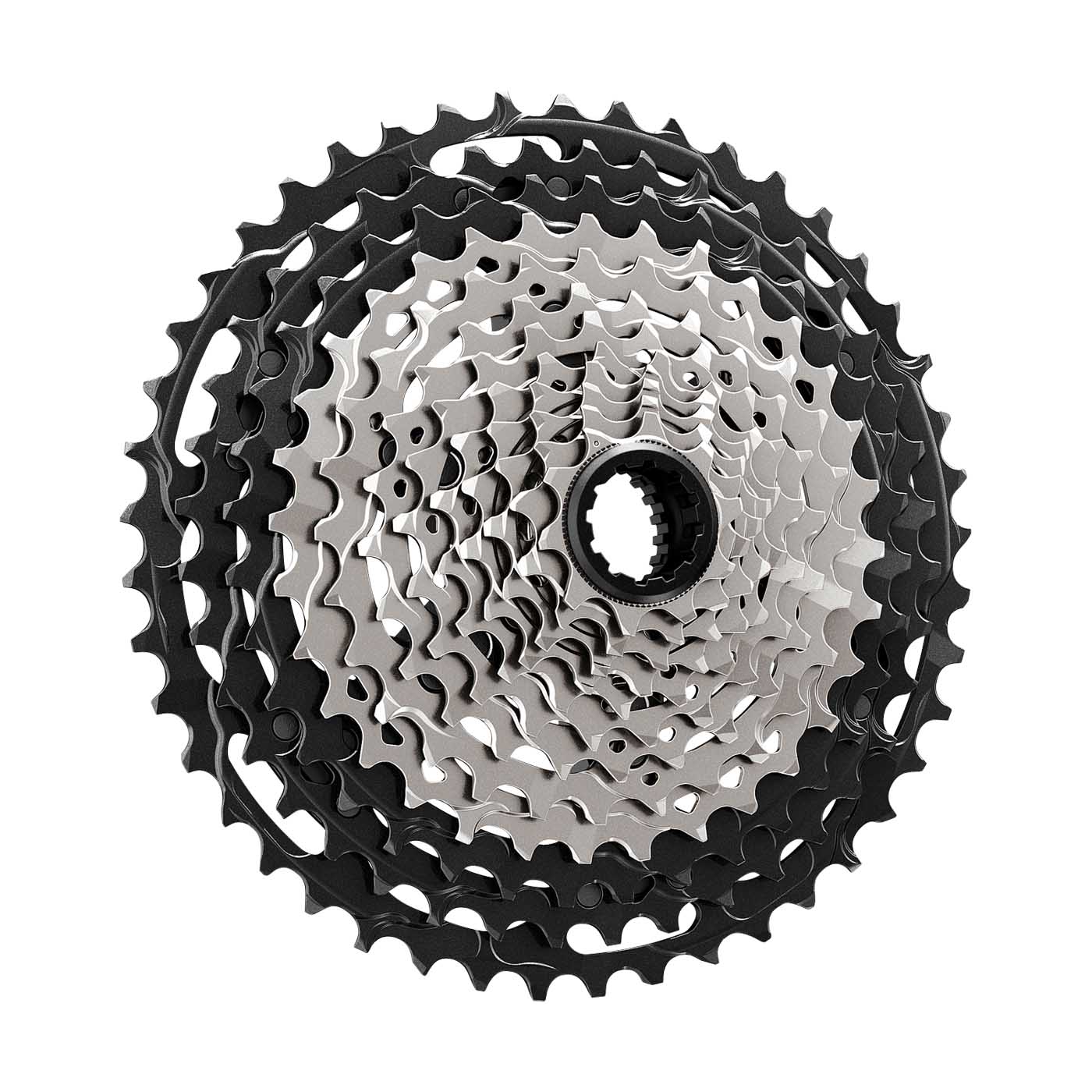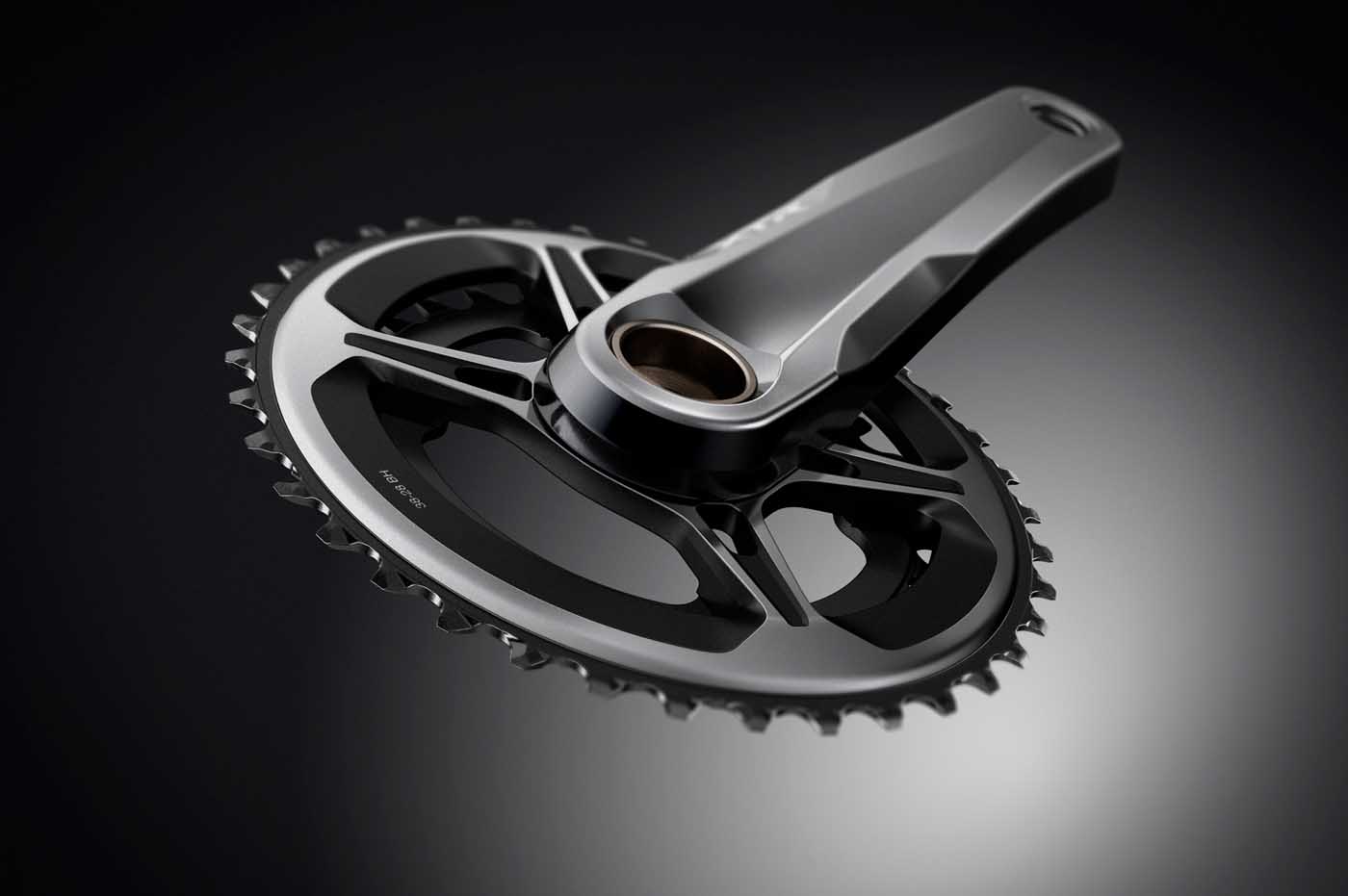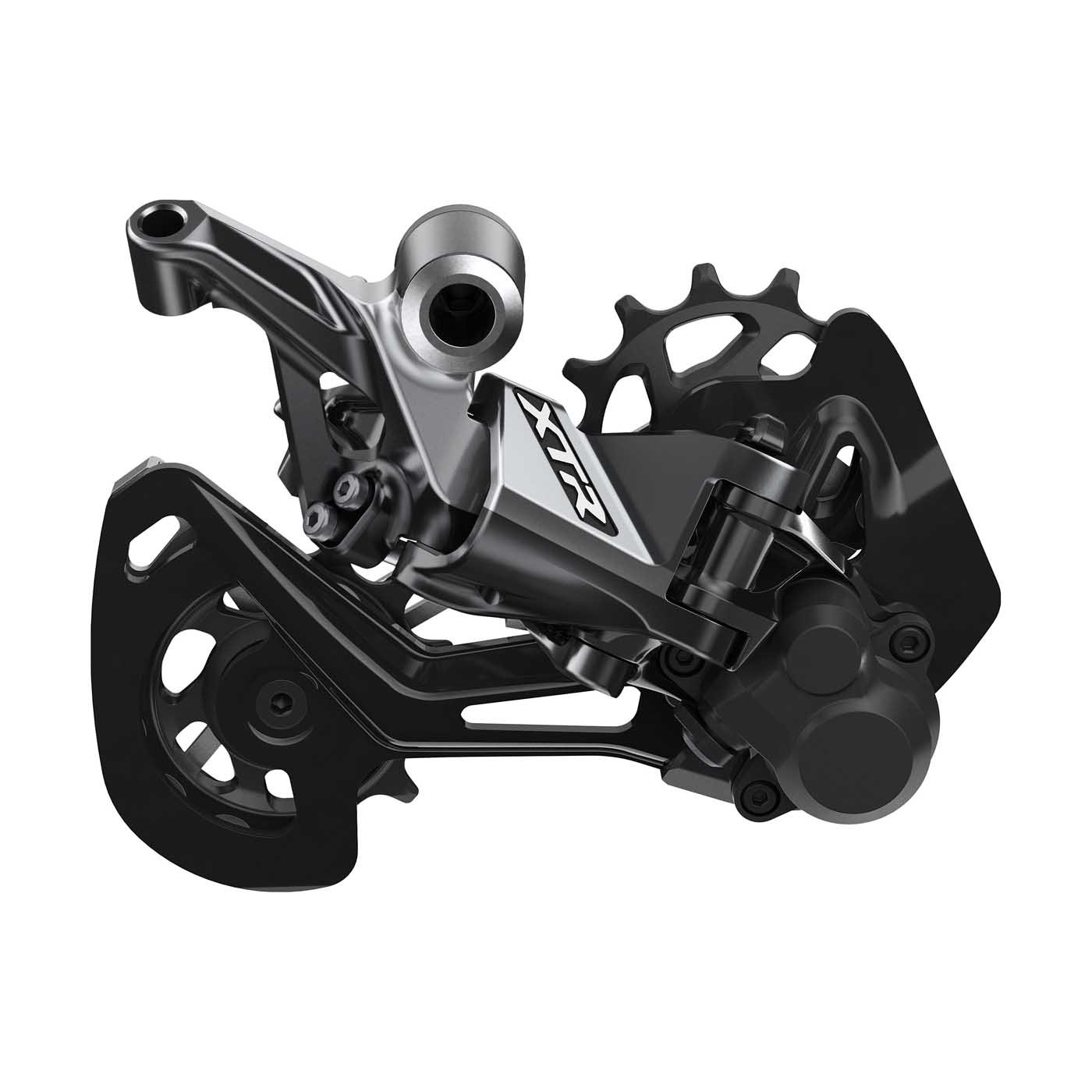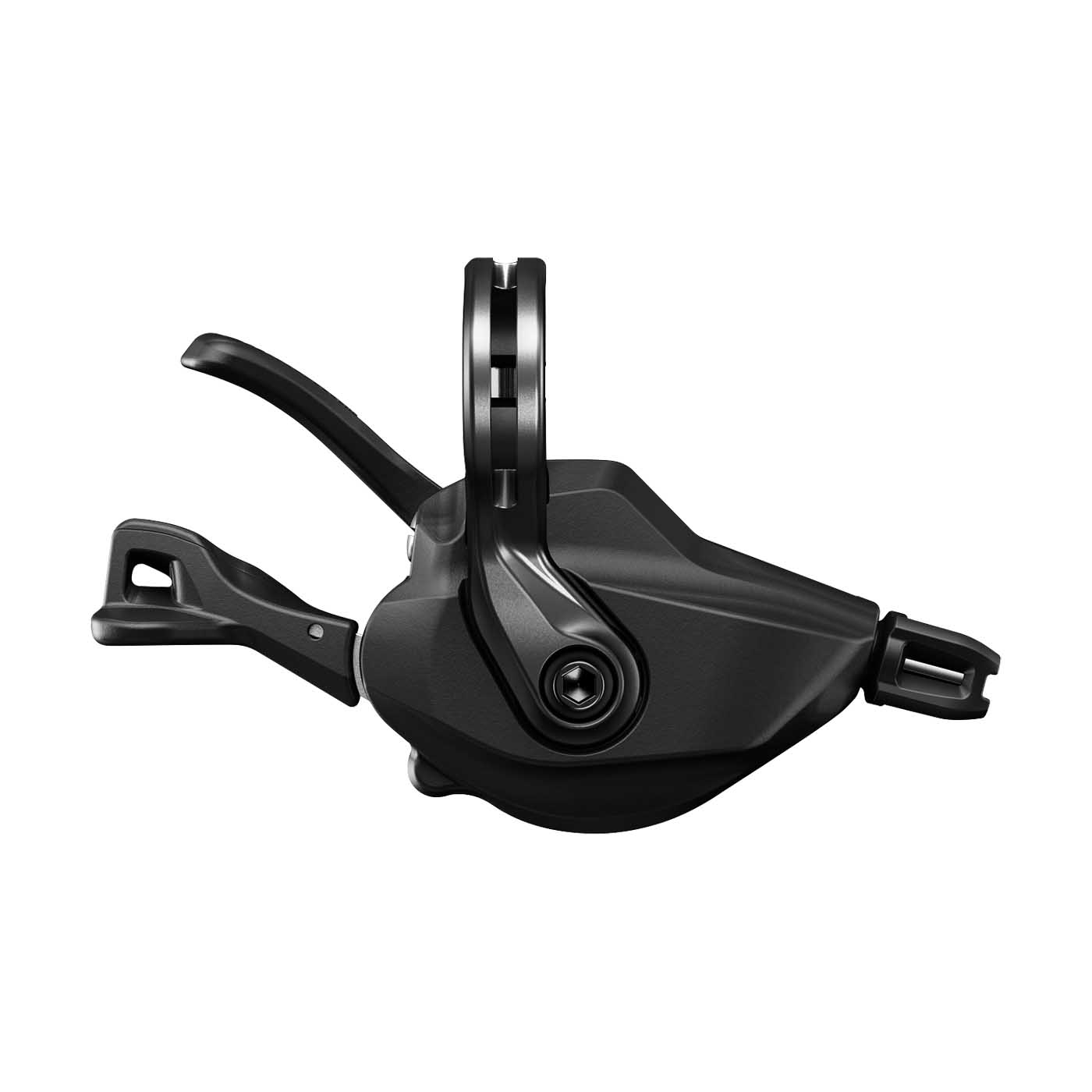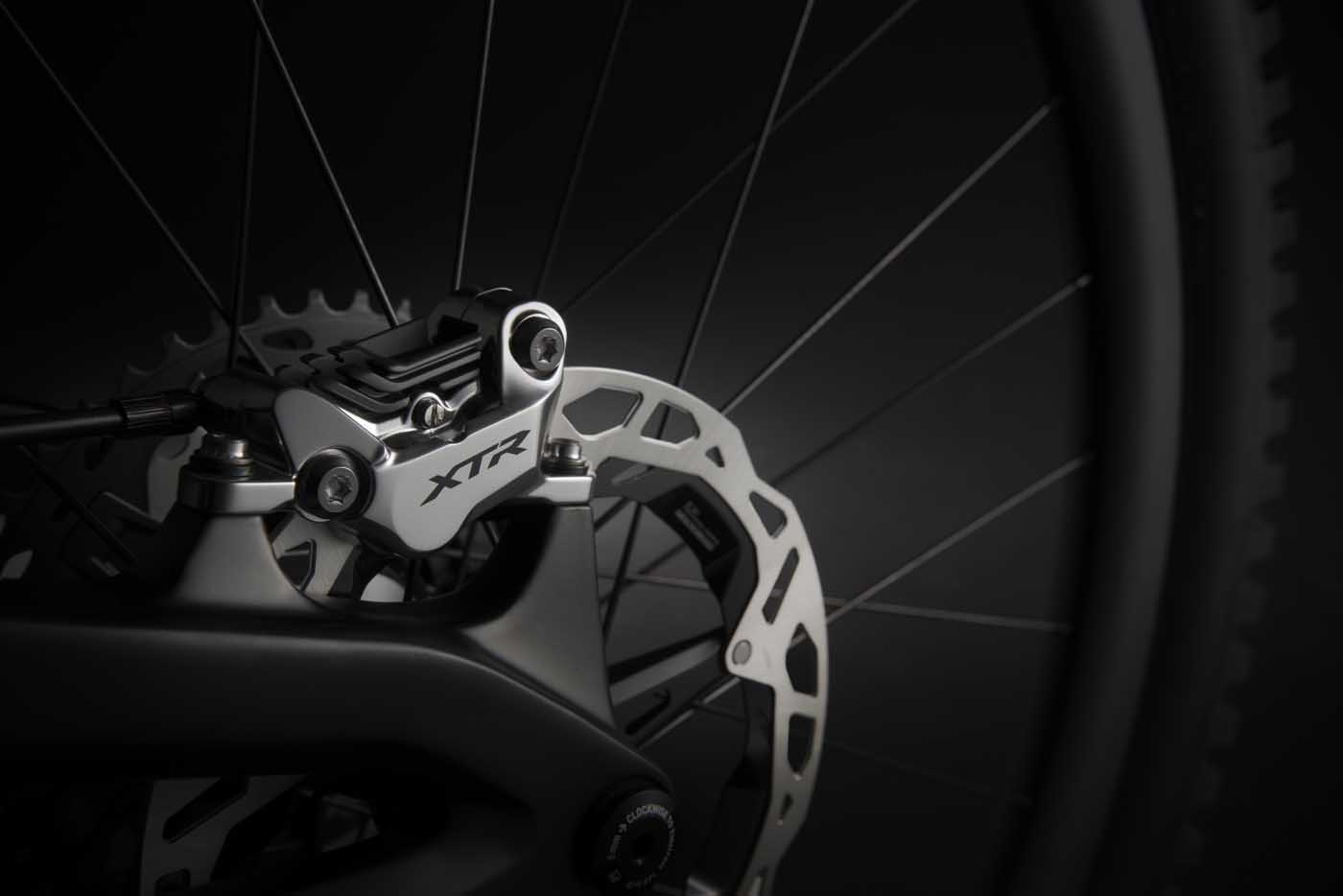Introducing Shimano’s newest generation XTR groupset (Spoiler alert: it is f*king awesome!)
Since Shimano first introduced XTR into the market back in 1992 as the product range to showcase (showoff) the absolute cutting-edge level of their design, technology, materials and unique construction methods, XTR has forever set a benchmark within mountain biking. The latest generation XTR groupset which Shimano have unveiled today looks to take yet another huge leap ahead. It has been 4 years since Shimano’s existing XTR range made its debut. This new range continues the format of optimizing Shimano’s most premium MTB groupset into 2 distinct categories; XC and Enduro. Albeit the previous generation categories were ‘XC and Trail’. Same, same, but different. Now, with more gnarlyness built in maybe!? haha
Okay so let’s cut to the chase, whilst there is plenty of exciting features tucked into each component that makes up the new groupsets, the biggest news (in our eyes at least) is the new 12 speed cassette featuring a MAMMOTH 10-51 range! The cassette is then matched with a slick new direct mount chain ring system, signaling a district shift of focus towards 1x drivetrains for the Japanese component powerhouse that has to date always clinged to the idea of 3x front rings. That said, the new XTR range will still offer 2x and a front mech for those diehard riders (that clearly still haven’t gotten the memo…) In addition to the largest range rear cassette the market has ever seen (can we nic name it ‘Pterodactyl’ or is that too cheeky?) the other headlining piece of news within the new XTR range is the immense focus that they’ve placed towards their hubs and their decision to partner with some of the industries largest wheel makers which will see their hubs laced into the rims/spokes of a whole bunch of bikes next season, rather than trying to just push out their own complete wheel packages as they have done to date.
Availability in Oz for these new XTR goodies is slatted for around September this year, although you might see some of this fine metal trickling in on high-end complete bikes from the major players a little before then. Pricing, well that is expected to remain on par, if not a touch under, the existing XTR range. All in all, we’re super excited. Right, so let’s now handover to Shimano for some more insight into each component within the range in their own words:
Cassette
Developments in the drivetrain started from the position of minimizing gear change steps to give riders the optimum rhythm and cadence between each gear and ultimately the most overall speed. The result of this was the 51T sprocket, which comes after equal gear steps of 6T in the last three sprockets (10-12-14-16-18-21-24-28-33-39-45-51T) for an even cadence. XTR also introduces a 10-45T 12-speed cassette (10-12-14-16-18-21-24-28-32-36-40-45T) for faster or less steep MTB courses and less cadence shock. The 10-45T (CS-M9100-12) is for XC riders wanting small gear steps and the lightest set up, the 10-51T (CS-M9100-12) is for the trail rider to climb every mountain they face.
Both cassettes use strikingly different metals for different sprockets to allow the best balance of weight and durability. The largest sprockets use aluminium, the middle use titanium and the smallest use steel.
A third cassette option (CS-M9110-11) comes with new XTR for riders specifically looking to create a stiffer and lighter wheel set. Essentially this option is based on the 10-51T cassette with the 51T sprocket removed to create an 11-speed cassette with 12-speed gear spacing. The benefit of this option is that it gives riders the chance to create a lighter bike and stiffer wheels which can be used with the same chain and shifter that the 12-speed set-up uses.
Hub tech
To fit the 12-speed set up SHIMANO restructured the FREEHUB design with what’s known as MICRO SPLINE technology to fit the cassette. As well as that comes the introduction of SCYLENCE technology in Shimano’s rear hub. This new technology replaces the pawls with a ratchet system to reduce drag whilst coasting and create a virtually silent hub so you can focus more on the trail ahead. Front hubs are available in 100 or 110 mm spacing with a 15 mm thru-axle and rear hubs come in 142 or 148mm (Boost specification) with a 12 mm thru-axle (HB-M9110/-B / FH-M9110/-B).
Crankset
Alongside a dedicated 12-speed chain (CN-M9100) with a 12-speed QUICK LINK comes a 12-speed crankset (FC-M9100/M9120-1) with that famous hollow crank arm. XC 1×12-speed riders are well catered for with a wide range of direct mount chainrings saving up to 80 g in weight and available from 30T-38T. Enduro riders running 1×12-speed can add the XTR chain device (SM-CD800 E mount, D mount or ISCG05 type) to aid chain retention and they have the option of the FC-M9120 crankset with a wider Q-factor to fit particular frame dimensions.
Riders who want the biggest gear range and control in all types of terrain have the option of a 2×12-speed crankset (FC-M9100/M9120-B2) in 38-28T that can be paired with the 10-45T cassette for the maximum gear range and close gear steps for long races with lots of climbing.
Derailleurs
Three rear derailleurs are available at XTR level (the RD-M9100-SGS/GS long cage or short cage style or the RD-M9120-SGS double chainring long cage style), all with a sleek, aggressive and angular anodized aluminium design. To aid shifting performance the pulley wheels go from 11T at XTR M9000 to a larger 13T size to increase chain retention and together with the rear derailleur’s SHIMANO SHADOW RD+ design, helps minimize chain bounce.
Meanwhile the front derailleur is also available in three different styles depending on your frame. The D-type, E-type and M-type mounts all feature SIDE SWING technology for effortlessly smooth front shifting.
Shifters
The theory behind the shifter design was to allow riders to instantly adapt to rapidly changing conditions with improved cockpit integration for shave crucial tenths of seconds from each operation. That has been achieved through the creation of an I-SPEC EV design, which is the system by which handlebar controls can be mounted together. The new I-SPEC-EV designs give 14 mm of lateral sliding range and 60 degrees of rotational positioning so riders can find their most ergonomic hand position on the shifters and levers and have clutter-free handlebars.
As well as that, Shimano now introduces a dedicated dropper seat post lever (SL-MT800-IL) with an I-SPEC-EV mount that’s compatible with all common adjustable seat post types in the market including the PRO Koryak Dropper post.
In addition, the shifters now have a lighter operation force allowing riders to make intuitive, seamless and minimum fingertip movements, bringing a substantial decrease in shifting force and operation compared to XTR M9000.
Features like RAPIDFIRE Plus, 2-WAY RELEASE and MULTI-RELEASE carry over from the previous generation. New for the M9100 shifters though is an 11-to-12-speed converter (SL-M9100-R/-IR) on the rear shifter for riders choosing the ‘11-speed’ wider flange hub set-up. For 2×12 riders the front left hand shifter (SL-M9100-IL / SL-M9100-L) features an innovative new Mono Lever design with a simplified and intuitive operation, using just the one lever to shift up or shift down.
Brakes
Building on what are already the standard to which all other brakes aspire to be, the design of XTR M9100 brake lever (BL-M9100/M9120) has changed with a repositioned clamp band and lever body. The clamp moves towards the middle of the lever body and the edge of the lever body is cleverly braced against the handlebar to create a stiffer brake with more direct contact feeling and improvement in control.
The 2-piston (BR-M9100) option comes with a lighter weight XC brake lever with the option to adjust the reach of the lever arm. The 4-piston brakeset (BR-M9120) also features a dedicated brake lever but with a tool-free reach adjust function, free stroke adjust function and Shimano’s Servo Wave technology to give rapid pad-to-rotor action. Both calipers are made from aluminum, use a high rigidity brake hose and provide faster brake engagement with a shorter free stroke.
Pads and rotors
To match the redesigned caliper shape the brake pad shape also changes. Riders choosing the 4-piston caliper need the radiator finned pads (N03/4A resin/metal), whilst the 2-piston calipers fit the pads without fins (K02/4S resin/metal, with optional K02/4Ti Titanium backing plates). The rotor design meanwhile uses a revamped ICE-TECHNOLOGIES FREEZA construction to either reduce weight or boost heat dissipation. The 140 and 160mm rotors shed 5 and 10g respectively, whilst the 180 and 203 mm rotors were 20 °c cooler during testing with the 203 mm rotor also saving 30 g (vs RT99) in weight.






